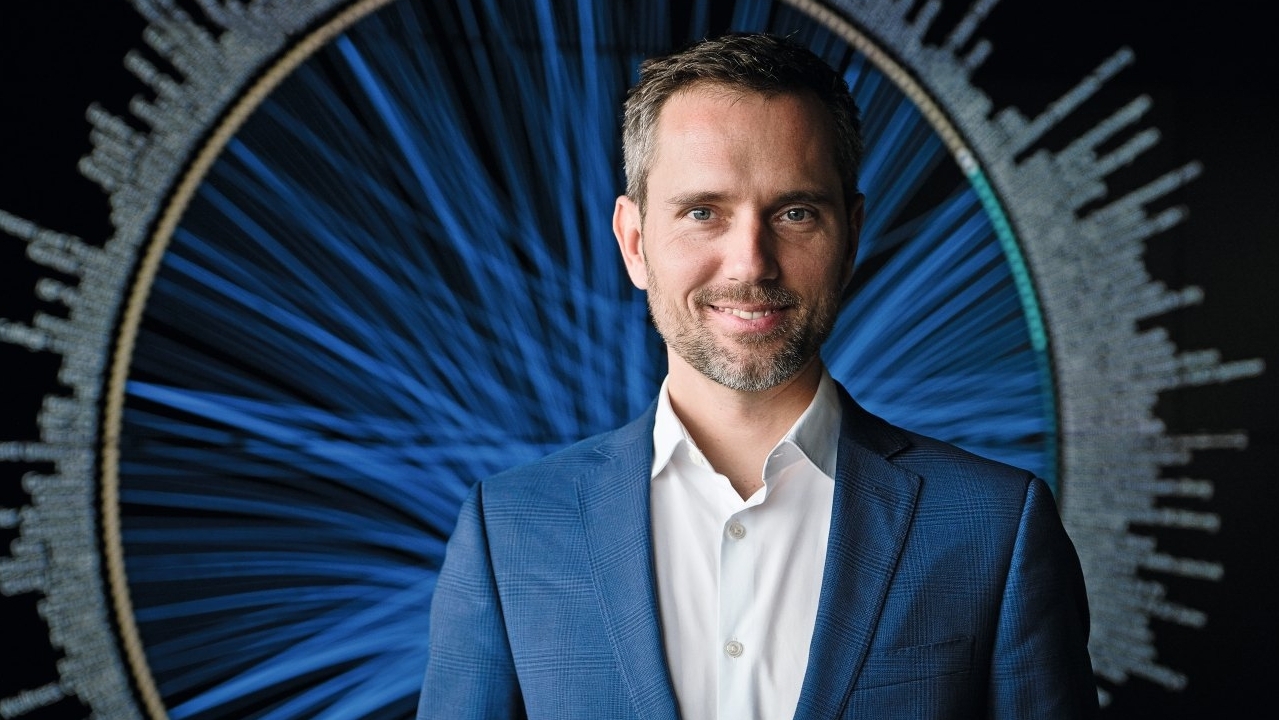Prof. Dr. Mirko Kovac - Kovac conducts research at Empa in the fields of robotics and intelligent materials
Interview: Heinz Käsinger
Galvanotechnik: How can material actually be intelligent?
Mirko Kovac: The generally accepted definition of intelligence typically refers to interactions. For example, the ability to learn, understand, react or adapt to situations and changes in the environment. In relation to materials, intelligence lies in their ability to react to external stimuli.
"Intelligent materials respond to stimuli"
How should we imagine this?
Specifically, for example, that a material that reacts to heat by changing shape does so by adapting to external conditions. We cannot change the laws of physics, but we can help the material to adapt to the respective situation through clever design. An additional advantage would be the high repeatability of the intelligent behavior.
Can I also coat such a material?
Yes, of course. But ideally the coating should have similar properties to the substrate. For example, there are more and more applications today, whether in medical technology or in sport, for intelligent clothing. The base material here is a soft, flexible fabric or knitted fabric. Of course, in this case the layer must also have this property and also have sensory properties such as conductivity.
Doesn't the base material lose its intelligent properties when a coating is applied?
Again, this depends on the individual case and cannot be answered with a general yes or no.
Now you are not only conducting research in the field of intelligent materials, but also in robotics. How does that come into play?
Synthetic and biohybrid materials are the key to collaborative robots that will coexist with humans in future symbiotic human-robot ecosystems. In short, the whole Industry 5.0 concept is really based on true human-robot interaction. But the current state of development of true physical AI is relatively young and still requires a lot of research and collaboration with industry. There are almost endless possibilities for the use of robots that are able to live and work together with humans.
Are there already concrete applications?
Areas of application for physical AI include healthcare, elderly care, digitalization of infrastructure, disaster management, public safety, the service sector, education and industrial automation. As you can see, the fields of application are really very wide-ranging. So far, most of the successively commercialized soft robot solutions have been in the areas of pick-and-place, wearables, prosthetics and minimally invasive medical applications.
They bring back disturbing memories of science fiction films for me ...
(Laughs) For all our love of fictional dramas, we often forget that the demands of real life are much more complex than the black-and-white plots of science fiction scenarios.
ABOUT THE PERSON
Prof. Dr. Mirko Kovac believes that intelligent materials will complement traditional robotics in the future.


